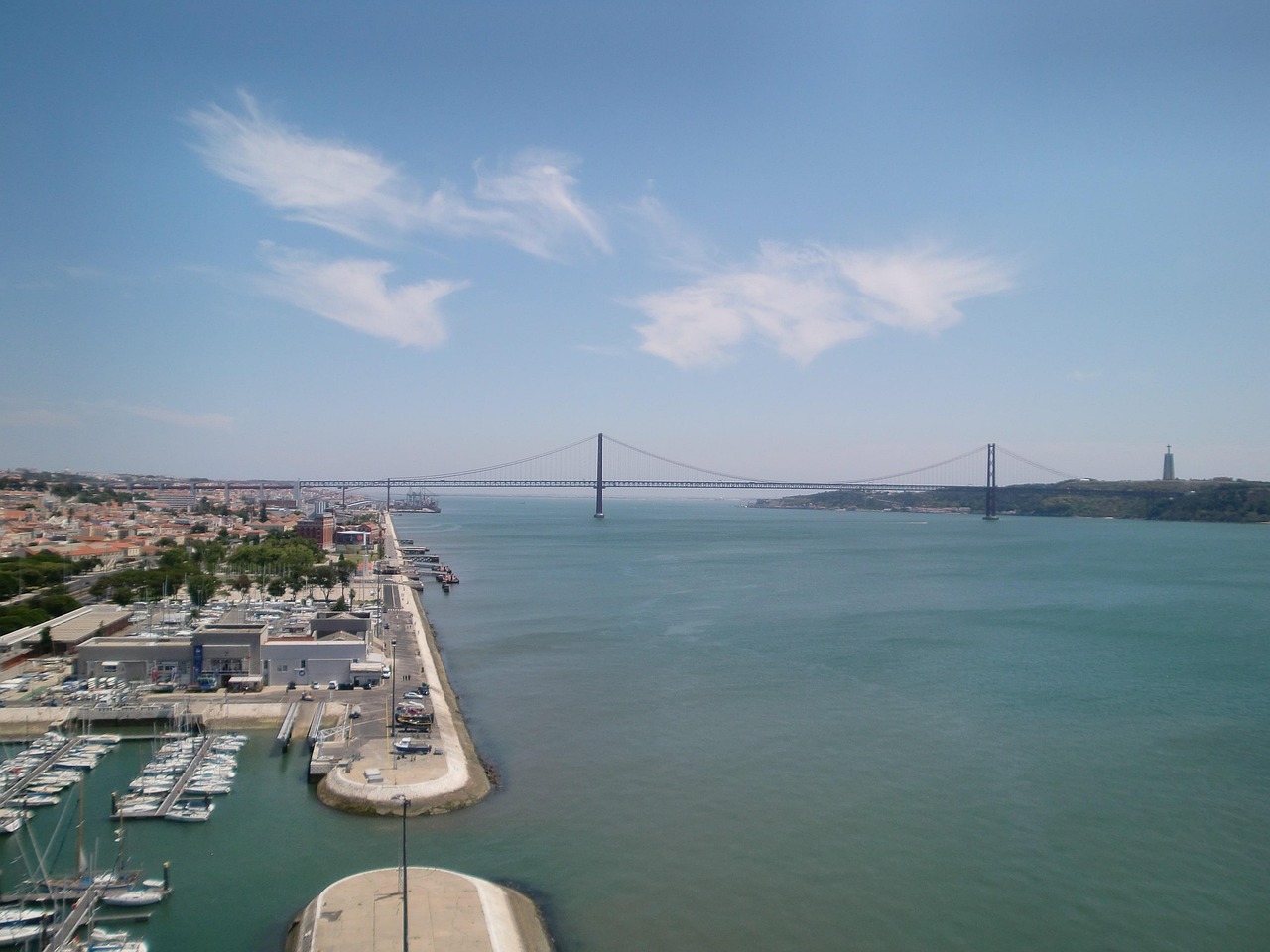There is so much more to Spain and Portugal than meets their stereotypical views of overcrowded beaches and resort cities. Bordering on each other, these Iberian cousins contain untold buried treasures yet to be uncovered by the more adventurous travellers who are willing to go off the beaten tourist tracks to have more authentic experiences in these countries. With its desert-like scenery that can easily be compared to the American Southwest, medieval mountain villages straight out of a fairy tale, and a mixture of diverse cultures, breathtaking natural beauty, and centuries of history, the area offers a truly amazing diversity of cultures, natural beauty, and history.
For those seeking to explore these lesser-known destinations in depth, private tours of Portugal and Spain provide an ideal way to access remote locations and gain insider knowledge from local experts. These customized experiences enable travellers to go beyond the usual tourist tracks and explore the true personality of the two countries. Whether exploring ancient castles perched on dramatic cliffs or wandering through forgotten villages where time seems to stand still, private tours of Spain and Portugal offer unparalleled access to the region’s best-kept secrets.
Northern Spain’s Desert Wilderness: Bardenas Reales
It is well hidden in the depths of northern Spain, but Bardenas Reales is one of the most unexpected landscapes in Europe. This is a protected natural park that features a lunar landscape of red earth formations, eroded canyons, and alien-like rock formations that appear more at home in the American Southwest than on the Iberian Peninsula. Only 70 kilometres away from the Pyrenees, this UNESCO Biosphere Reserve features a 43-kilometre-long loop of gravel roads, twisting through some of the most spectacular scenery in Europe.
Castildetierra, the most well-known landmark in the park, is a monument to millions of years of natural erosion. It is a high rock formation that stands proudly above the desert floor, offering the best photographic moments with a stunning background view of the endless red earth. The best time to visit is early morning or late afternoon, as the light has an ethereal quality that casts a magical glow across the landscape, transforming the already impressive scenery.
Portugal’s Mountainous Heart: Serra da Estrela
Serra da Estrela is the highest mountain in Portugal, and it gives visitors an entirely new image of this coastal country. This mountain range rises to 1,993 meters above sea level, offering spectacular views of Portuguese terrain and serving as an introduction to Portugal’s beautiful and varied topography. The drive to the peak through the steep N339 road is one of the most satisfying drives in Portugal, boasting an infinite number of hairpin bends and jaw-dropping scenery at every twist and turn.
The surrounding area of Janeiro de Baixo presents rural Portugal at its best. Humble hills with small villages, turquoise-blue streams, and prehistoric stone bridges create a scenery that resembles the idyllic countryside, undisturbed by contemporary civilization. This is an ideal place to go camping along the babbling brooks, wake up to the tune of the birds, and feel the natural calmness of Portugal.
Coastal Treasures Beyond the Crowds
The coasts of Spain and Portugal are renowned for their stunning beaches, but there are also undiscovered treasures along the coast that offer amazing scenery without the crowds of tourists. San Sebastián in the Basque Country offers a unique blend of beautiful Belle Époque buildings, stunning beaches, and exceptional cuisine. The pintxo bars of the town are cultural institutions, and both locals and visitors flock to these bars to savour small portions of well-cooked seafood and other local delicacies.
Further down, Tavira in Portugal is a reminder of the real coastal life. Tavira is a traditional Algarve town characterized by its painted facades, historic churches, and a functioning fishing port, unlike the overdeveloped areas of the Algarve. The city is a stop to the beautiful beach of Praia de Tavira that can only be accessed by ferry boat across the Gilao River. This barrier island setting helps preserve the natural beauty of the beach, providing visitors with a sense of discovery.
Cultural Capitals Off the Beaten Path
Smaller cities offer an opportunity to have an authentic cultural experience without the huge crowds of tourists that are often found in major tourist destinations. The example of Bilbao, a city that has successfully transformed itself from an industrial centre into a cultural and tourist attraction, is a notable example of successful city redevelopment. The Guggenheim Museum, Frank Gehry’s building, is the jewel in the city. However, the rest of the Casco Viejo neighbourhood offers just as many reasons to be drawn to it, with its labyrinth of tiny roads and classic Basque-style houses.
The early morning hours in Seville show the real face of the city when the famous Plaza de España is devoid of any tour groups. This masterpiece of architecture features ceramic tilework that depicts scenes from Spanish history. Its semi-circular shape provides an ideal acoustic environment, usually filled with the sounds of street musicians whose tunes often fill the expansive courtyard.


